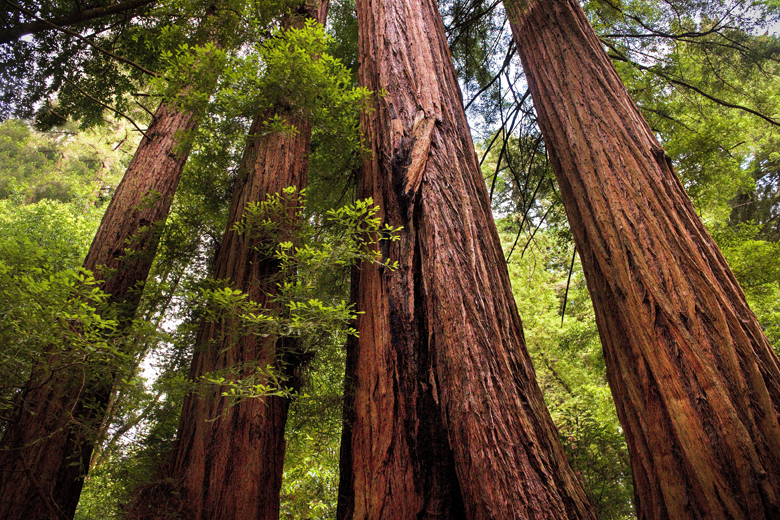
But things weren't all terrible as the Century of Conservation drew to a close. It was a fabulous final act with Bill Clinton drawing the curtains. One of history's great voices for the environment was Clinton's choice for Vice President, Al Gore, whose book Earth In the Balance was a best seller in the early 90s and received worldwide acclaim for its exposure of critical environmental issues. After losing the closest presidential election in history to a Supreme Court vote in 2000, the wonkish Gore retired from politics. He moved back home to Tennessee with very modest financial means, only to become one of the wealthiest men in the country as a businessman in the private sector. He could have kicked back and counted his change, but he didn't. He returned to his passion, saving the environment, and the human race, by writing his second book, An Inconvenient Truth, aimed at increasing pubic awareness of the threat of global warming, possibly the best statement on the crisis ever made.
In a bizarre twist garbage began to make the news, in a big way so to speak. America was the self-proclaimed consumer society and these goods were increasingly disposable. The result was a catchy new nickname for the USA-the throwaway society. By century's end we were producing municipal solid waste in amounts that truly boggled the mind. Disposal costs soared-$5 for a single bag in some places, a dollar for a tire, $30 for a refrigerator, and so forth. As a result people began dumping tires, refrigerators, yard wastes, car parts, etc all over the countryside to keep from having to pay. Places with dumpsters started padlocking them to control illegal use. Some states established corps of environmental police to track down midnight dumpers and prosecute.
The biggest environmental battle of the decade, the case of the northern spotted owl, highlighted just how far we had come in the country since six billion passenger pigeons were shot to extinction a century earlier. The owl was listed as threatened by U.S. Fish and Wildlife. Not much problem there. But when the decline was blamed on loss of old growth forests in the Pacific Northwest things got interesting. The Endangered Species Act of 1973 demanded that measures be taken to save the species, which meant setting aside large tracts of these ancient forests as preserves. Logging would have to be banned which, of course, put loggers out of work.
The media had a field day with this one, pitting loggers and owls eyeball to eyeball, in the news and on magazine covers (great photography I might add). In the end the forests were preserved, owls got a new lease on life, a new anticancer drug (taxol) was discovered in the bark of the trees that were saved, and the loggers adjusted. The venomous rhetoric died down much sooner than expected and life returned mostly to normal in the Pacific Northwest. There were fewer logging trucks on the road but more RVs, bringing happy tourists to see the forests that were saving owls and helping win the war on breast and ovarian cancer. And if you listened real carefully as you walked in these woods you could hear the tourists exclaim, "By god these trees are big!" And the trees were by God.